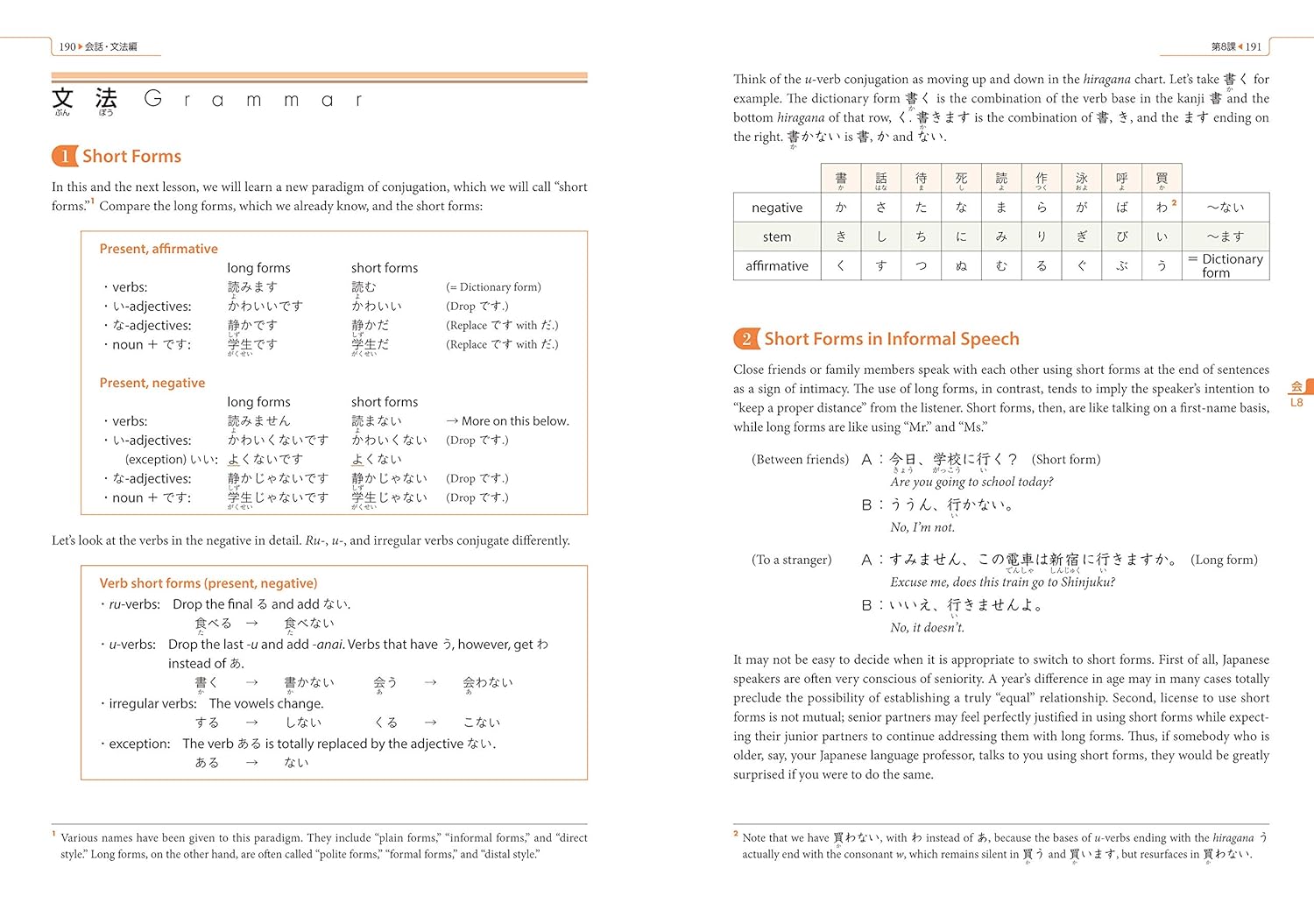Genki 1: An Integrated Course in Elementary Japanese is arguably the most popular textbook for beginners studying Japanese. Using a good variety of English and Japanese text, Genki helps ease Japanese language learnings in to learning Japanese without need for extra workbooks. Genki 1 follows on in to Genki 2, offering a clear progression path for those looking to go beyond the basics.
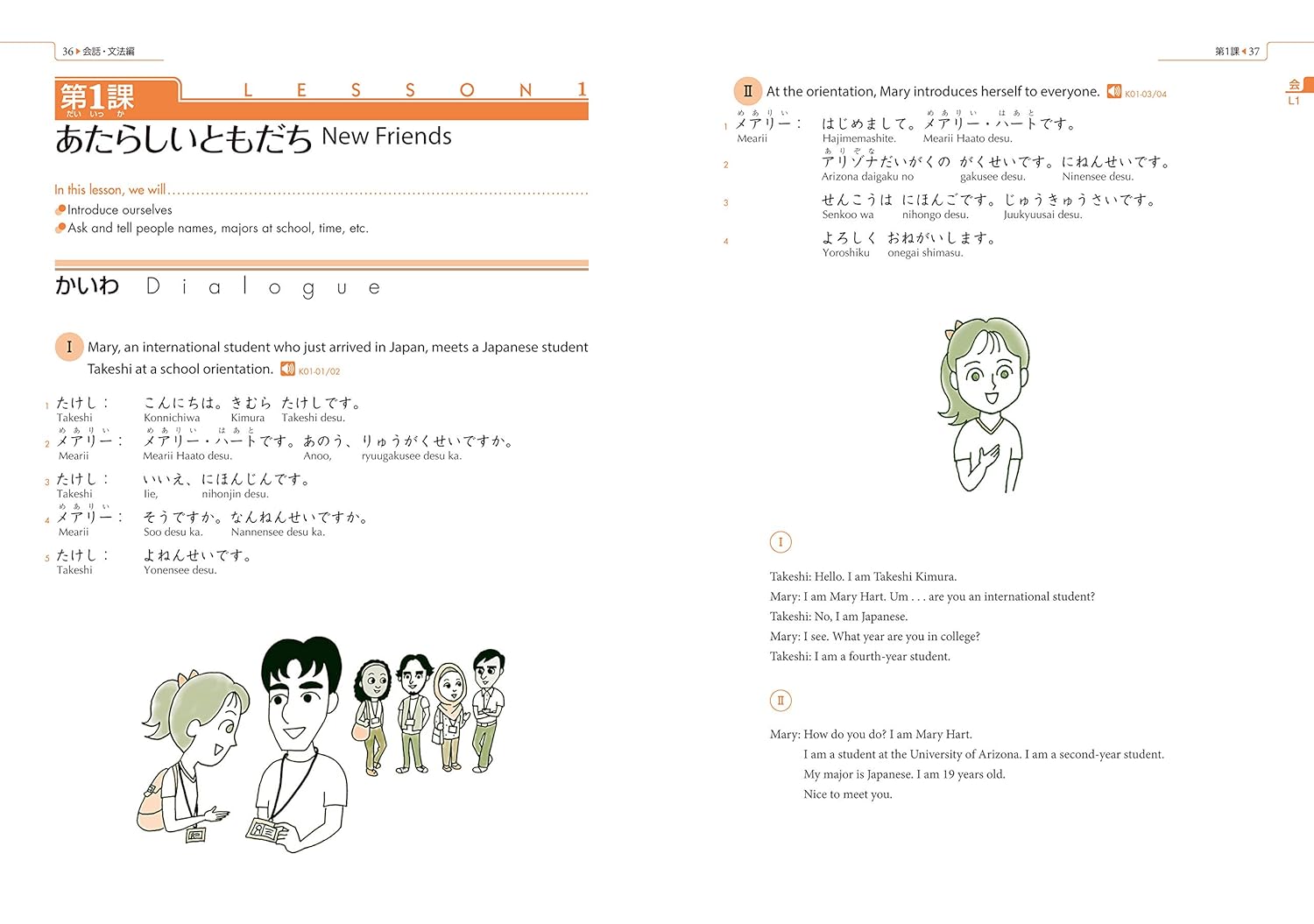
What does Genki 1 Third Edition cover?
- Basic Sentence Structure (Chapter 1) - Introduction to basic sentence patterns.
- Particles (Chapter 3) - Introduction to particles like wa, ga, o, de, ni, to, and mo.
- Present Tense (Chapter 3) - Basic verb conjugation to express present actions.
- Frequency Adverbs (Chapter 3) - Expressing frequency with adverbs.
- Location Words (Chapter 4) - Using koko, soko, asoko, and doko to indicate locations.
- Past Tense (Chapter 4) - Conjugating verbs to express past actions.
- Adjectives (Chapter 5) - Understanding and using i-adjectives and na-adjectives.
- Suki, Kirai (Chapter 5) - Expressing likes and dislikes.
- Describing Two Activities (Chapter 6) - Using te-form to connect actions.
- Counting People (Chapter 7) - Basic counting and using counters for people.
- Short Forms (Chapter 8) - Using short forms of verbs and adjectives.
- Qualifying Nouns with Verbs and Adjectives (Chapter 9) - Using sentences to describe nouns.
- Comparison (Chapter 10) - Comparing things using yori and hodo.
- No as a Pronoun (Chapter 10) - Using no to refer back to nouns.
- Naru (to become) (Chapter 10) - Expressing change or transformation.
- Particle De (Chapter 10) - Using de to indicate the location of an action.
- Connecting Nouns with Ya (Chapter 11) - Using ya to list items.
- Tari-Tari Suru (Chapter 11) - Listing multiple actions or items.
- Ho ga ii desu (Chapter 12) - Expressing preference or recommendation.
- Nakucha Ikemasen (Chapter 12) - Expressing necessity.
Student Review

Genki wasn't my first Japanese textbook, that was Minna no nihongo, which I used to study while at University. I think between the two, Genki comes out as the better option as you don't necessarily need an extra book to be able to get the best out of the material. By describing the way Japanese grammar and language works in English it's easy to get up to speed with the questions as actually learning a language, rather than the more abstract approached that jump straight to Kanji, Hiragana and Katakana.
Another way that Genki helps learners get started is that it displays early vocabulary and dialogue in romaji (english script) so that you can start learning functional Japanese before having to add any extra complications. From chapter 3 onwards, you're a little more on your own and will need to learn hiragana and katakana at a minimum to understand what's being said, but there's a helpful guide at the back of the book to get memorising. In the age where everyone has a smart phone however, you're probably better off with a hirangana and katakana app to gamify the learning before you hit chapter 3.
Genki's approach to explaining grammar is simple and easy for a beginner to get a hang of, even if you've never learned a language before. For those that want a little more information from the explanations, Genki handily provides footnotes on the page to go in to further detail about exceptions or nuances to the rule. One of Genki's possible weaknesses is that in its attempts not to overwhelm the learner, it doesn't go in to exhaustive detail about all of the ways some grammar points can be used, but that's almost the point; Genki is the course of least resistance. For those that absolutely must know of every nuance, A Dictionary of Japanese Grammar, also by the Japan Times comes highly recommended. But again, there's no need to know absolutely everything up front.
Learning kanji isn't necessary to complete Genki 1, though of course if you're hoping to move to Japan or take the JLPT5 test, you will need to do so. Again, Genki 1 covers this in the back of the book with some nice illustrations, but you're probably better off covering this with a flashcard app like Wanikani or making your own Anki decks.
Analysis paralysis can be one of the biggest roadblocks to Japanese, so if you're looking for a good first step to learning, Genki is your best bet. Put all of the extra considerations aside for now, and see how you get on on you.
Genki's main usefulness is that it allows students a sense of independence outside of the time spent with their teacher. With explanations readily available in English, students are able to read ahead of their lessons which can greater aid in comprehension, while giving them the tools to better engage in lessons.
Another thing that students might find useful is that it teaches language learners casual Japanese earlier than some of its competitors. This can be helpful at keeping students that want to put their language to use engaged, as they'll be able to pick out verb conjugations that are more frequently used in anime and other media.
Genki makes specific focus on putting language in to context, which can be useful for those looking for learn basic, travel Japanese. This is accompanied by culture notes so that those travelling to Japan can pick up phrases typically used in train announcements, greetings and so on.
Genki Third Edition is the main book that I use in my one to one Japanese lessons. If you'd like to book a lesson, send me a message here.
Teacher Review
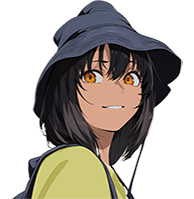
Before using Genki 1 Third Edition:
Before diving into Genki, it's highly recommended to first familiarize yourself with the Japanese writing systems, particularly Katakana and Hiragana. These scripts are essential for reading and writing in Japanese.
Learning them first will improve your comprehension and retention of new vocabulary and grammar concepts in "Genki." It will also make your study sessions more productive and enjoyable, as you'll be able to focus on the content without struggling with basic reading skills.
What to read next?
After completing Genki 1, it's a natural move going straight in to Genki 2. For extra practice you could also go with Genki 1 Workbook, though be aware that unlike Genki 1, there are no answers in the back of the book, so it's not as self study friendly.
By the end of Genki 1 you should also be looking to seriously study Kanji as it's only going to get more important from here on.
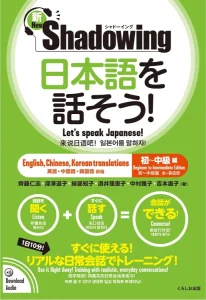
Shadowing: Let’s Speak Japanese! Beginner to Intermediate
Review of “New Shadowing: Let’s Speak Japanese!” N5–N2, audio shadowing drills and casual–polite dialogues to boost natural speech.
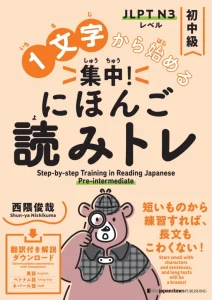
Step-By-Step Training in Reading Japanese: Pre-Intermediate
Master JLPT N3 reading with clear, progressive training books that improve kanji, grammar, and comprehension skills.
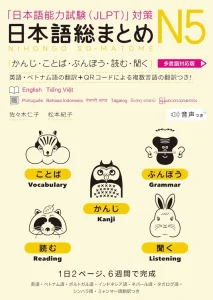
Nihongo Sou Matome N5
Structure your study with Nihongo Sou Matome JLPT N5! Prepare for your exam with 6 weeks of planned grammar, listening, vocab and kanji study.


